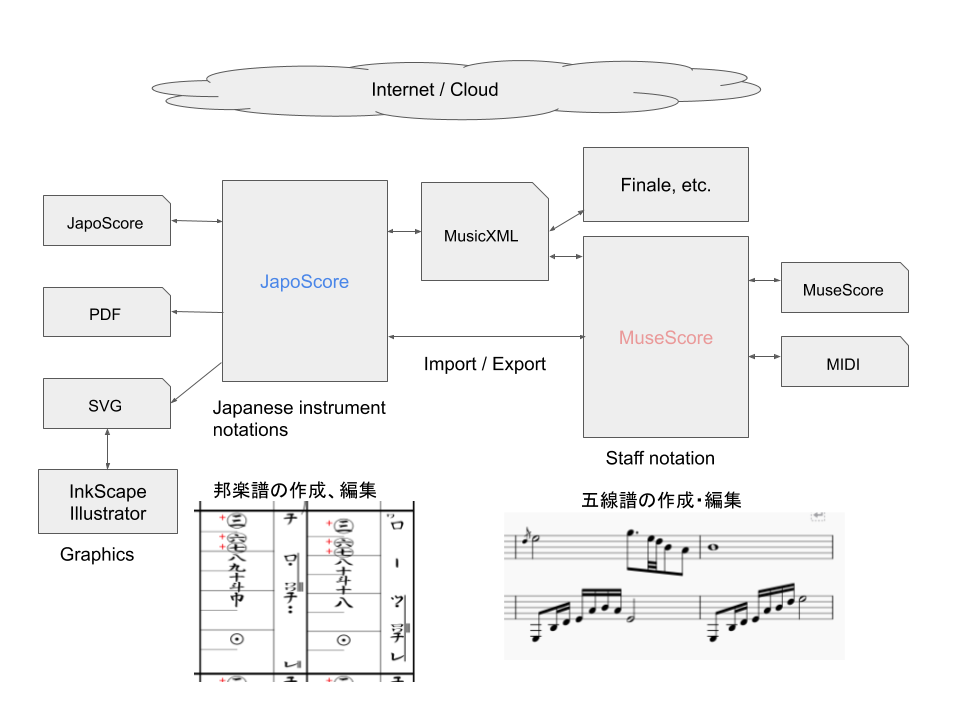

Then you can buy PhotoScore Ultimate for US $250 if you think it is worth it. But you can try it out on what you have and see if you can get the hang of it. Sibelius comes bundled with a "lite" version of PhotoScore which is limited in its capabilities and can only scan simple scores. But it costs money, and it will only be worth your while if you have a lot of scores to convert on a regular basis. But first-time users of PhotoScore tend to be disappointed because they have unreasonable expectations about how it works. I have been doing this for years and I am good at it. One needs to develop some skill in using the process, finding the errors, and correcting them. The PhotoScore process is never perfect, and anything done with PhotoScore will require careful editing to correct inaccuracies in reading the images.

In this workflow, MusicXML is an optional extra step.) (PhotoScore can output MusicXML, and Sibelius can input and output MusicXML, but with PhotoScore you can output directly to Sibelius, which works better. The output from PhotoScore is then sent to Sibelius, where you can edit it further. I have had success by using an elaborate (and expensive) workaround: Take PDF scores created by Lilypond, or any other engraving program, and run them through music optical character recognition (OCR) using the commercial program Neuratron PhotoScore Ultimate. Recommendation: Music XML is supported better by music composing applications, so consider exporting using this format in case you want to continue working on the song using other scoring applications on your computer.Your goal is to get from Lilypond to Sibelius.

For MusicXML file, you have to save it to the computer via iTunes File Sharing (or via email) before you can continue editing the song. The app supports to open MIDI and PDF files in other apps right on the phone. To help you with this problem, Score Creator has one more option to export the lyrics into a text file (.txt), so that you can somehow copy and paste the lyrics to the songs being edited on the computer. In that case, you may need to somehow re-input the lyrics manually after importing the MIDI or MusicXML files into the music composing applications on the computer. However, not all the music composing applications support lyrics embedded within the MIDI or MusicXML files. For MusicXML, notes, lyrics and chords are exported. To continue editing the song using other music writing apps, please export to MIDI or MusicXML formats.įor MIDI files, notes and lyrics are exported. To print out the score into paper, you can export it to PDF. When you are done writing a song with the app, you may want to export it into other formats so you can send it to other people, or save it to the computer for further editing using more professional apps like Finale, Encore, Musescore.


 0 kommentar(er)
0 kommentar(er)
